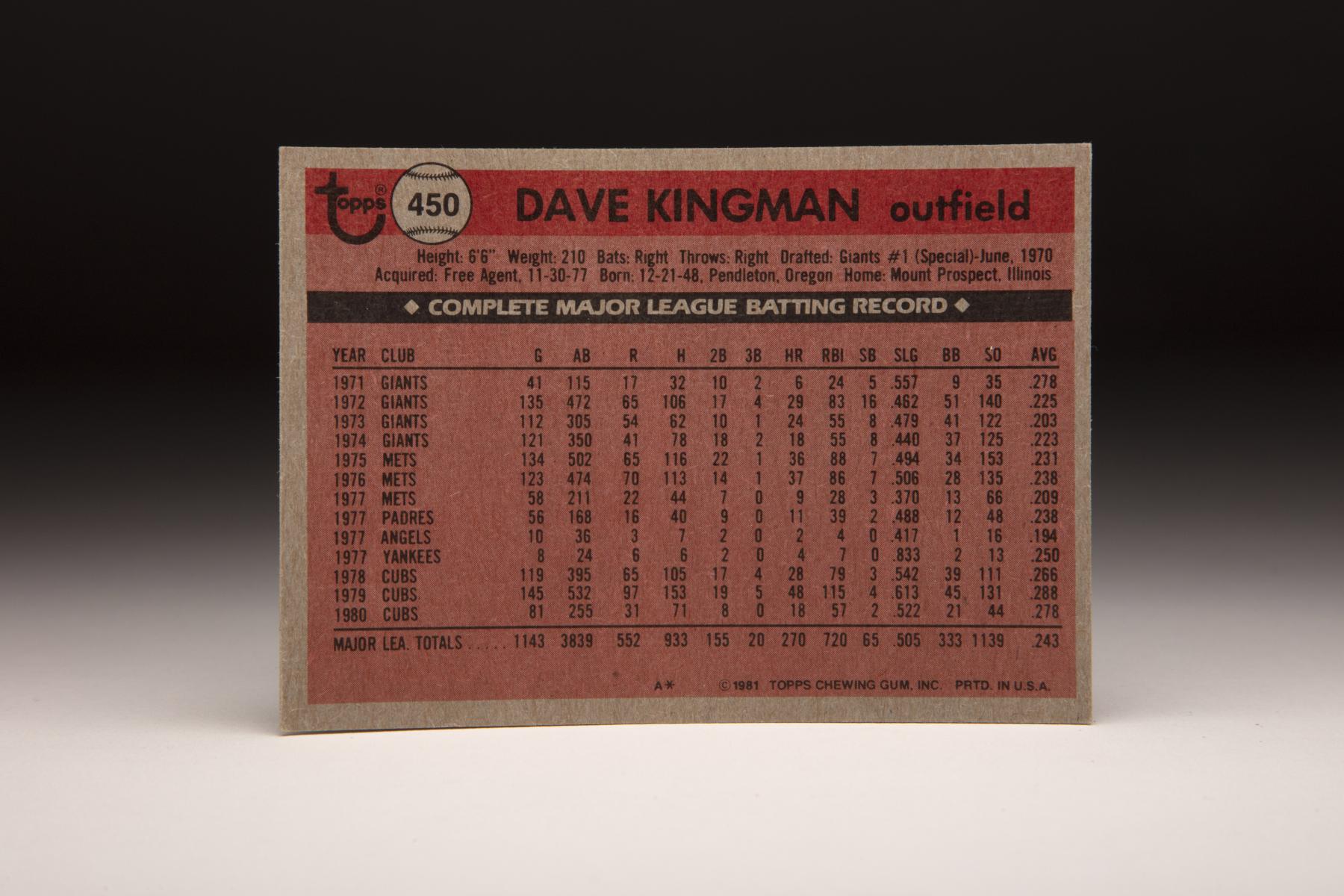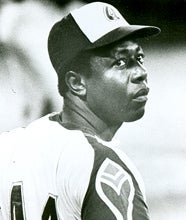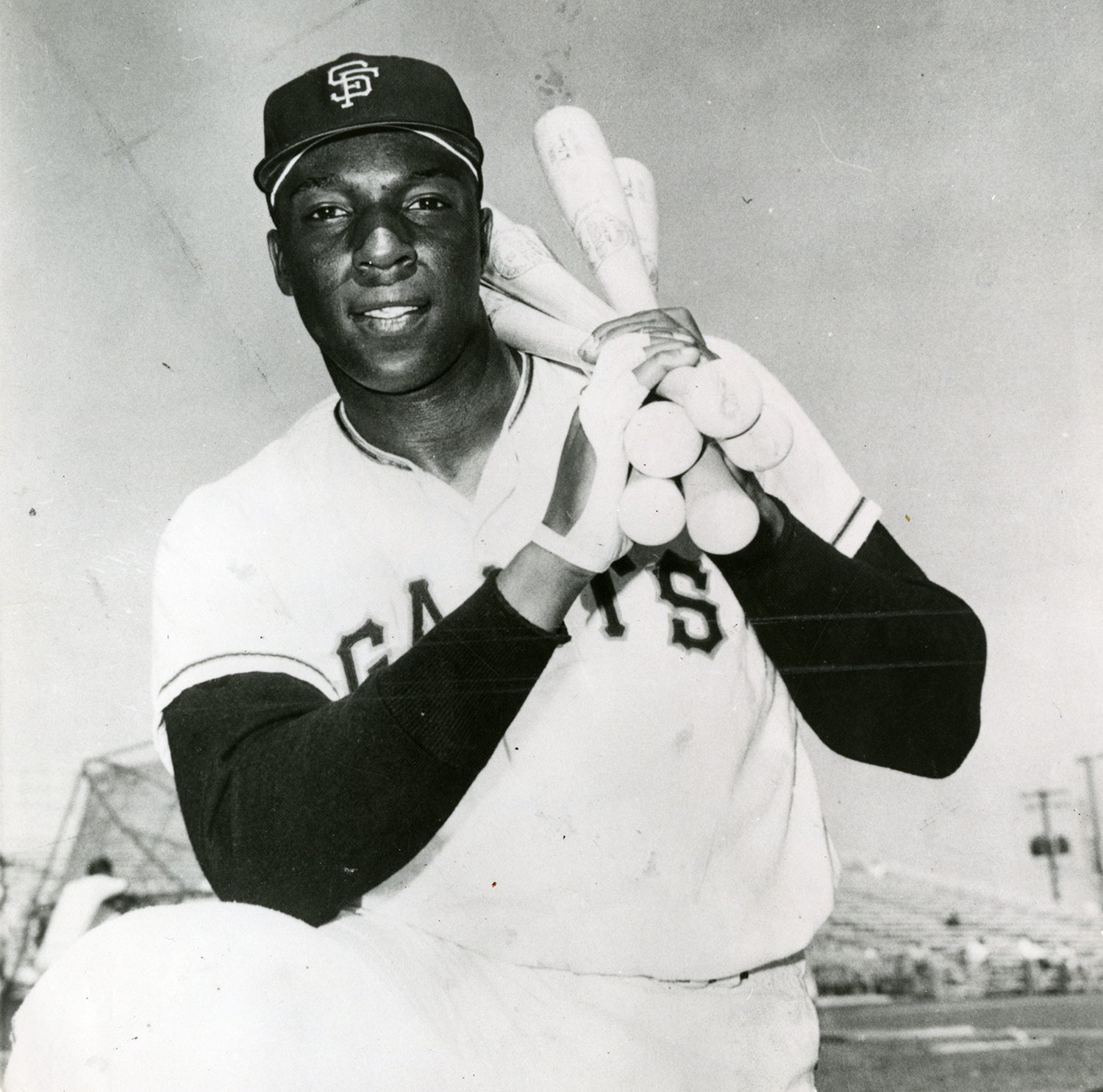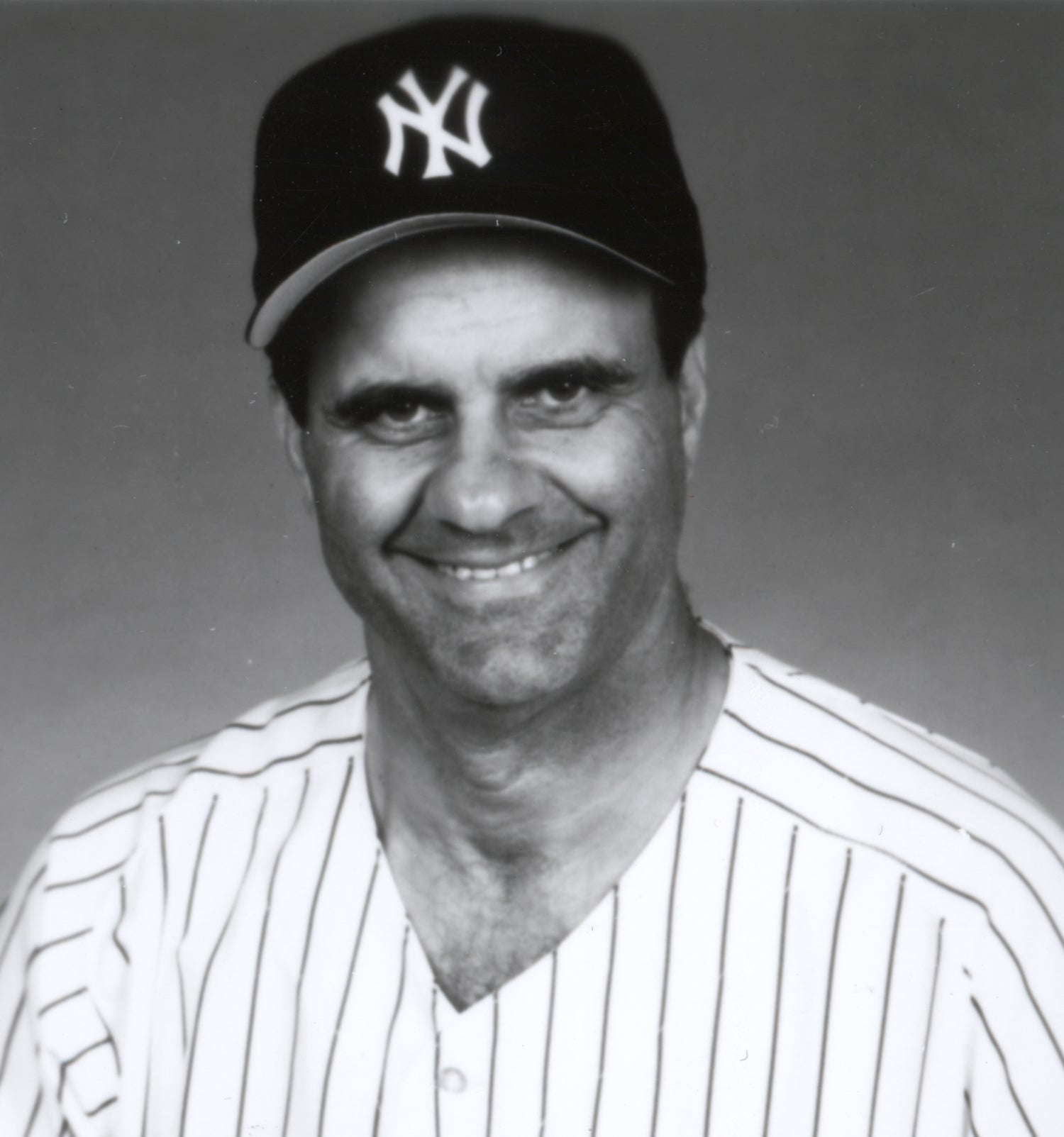- Home
- Our Stories
- #CardCorner: 1981 Topps Dave Kingman
#CardCorner: 1981 Topps Dave Kingman
He was a lightning rod throughout the game in the 1970s as baseball transitioned from prioritizing contact to swinging for the fences.
Dave Kingman’s strikeout totals always seemed to overshadow his power. But in the final analysis, Kingman was one of the top home run hitters of his era.
David Arthur Kingman was born Dec. 21, 1948, in Pendleton, Ore. He grew up in Hawthorne, Calif., before his family moved to Mount Prospect, Ill. – a Chicago suburb – in 1962. There, Kingman became a schoolboy legend, starring in youth league, high school and American Legion ball.
In his final game at Prospect High School in 1967, Kingman hit three homers – including one that went into a neighboring street and was estimated to have traveled more than 500 feet.
Kingman also won that game on the mound – and was thought to have a brighter future as a pitcher than as a hitter. He struck out 121 batters in 67 innings as a high school senior.
Official Hall of Fame Merchandise
Hall of Fame Members receive 10% off and FREE standard shipping on all Hall of Fame online store purchases.
“Although he also played some first base, he was always mainly a pitcher,” Kingman’s father, Art, told the Elk Grove (Ill.) Herald, “even when he started out at about eight years old in California.”
Kingman was selected by the Angels in the second round of the 1967 MLB Draft, but he turned down the offer in favor of a scholarship to the University of Southern California. Under the tutelage of legendary coach Rod Dedeaux, Kingman went 11-4 on the mound as a sophomore. But Dedeaux suspected Kingman was capable of more. And when a broken arm derailed Kingman’s pitching career, Dedeaux suggested he become a fulltime hitter.
“Dave had wanted to be a pitcher all his life and was hesitant about moving,” Dedeaux told the Elk Grove Herald. “But I told him he had a chance to be a great one – I mean somebody like Musial or Mays or Aaron – and he changed (positions).”
In 1970, the Giants took Kingman – who led the Trojans to the College World Series title that year – with the first overall pick in the secondary phase of the June draft, the part of the draft specifically for college players.
“We rate him way above average,” Giants farm director Jack Schwarz told the San Francisco Examiner about Kingman, who was named to the All-American team that season.
The Giants sent Kingman to Double-A Amarillo of the Texas League, and Kingman hit .295 with 15 homers and 41 RBI in 60 games. He was called up to the Giants late in the year, and though he didn’t appear in any games, Kingman regularly wowed teammates with batting practice blasts at Candlestick Park.
The Giants sent Kingman to the Arizona Instructional League following the season, then invited him to Spring Training in 1971. He was shipped to Triple-A Phoenix, where he hit .278 with 26 homers – many of them tape-measure shots – and 99 RBI in 105 games.
On July 30, the Giants brought Kingman to the big leagues to sub for Willie McCovey, who was battling a knee injury. The team continued to list Kingman as a pitcher as well as a first baseman, but with the Giants embroiled in a pennant race, Kingman was there for his bat.
And he did not disappoint. In his second big league game on July 31 against the Pirates, Kingman entered the game in the fourth inning as a pinch-hitter for McCovey and promptly doubled home teammate Ken Henderson. Then in his third at-bat in the seventh inning, Kingman broke an 8-8 tie with a grand slam off Pittsburgh ace reliever Dave Giusti.
On Sept. 30, Kingman – playing right field in place of the injured Bobby Bonds – hit a two-run homer in the fourth inning to give the Giants a 2-0 lead over the Padres in a game they would win 5-1, clinching the National League West championship.
The next day, Kingman was pictured on the front page of the San Francisco Examiner, smiling as he got off the team bus.
“I wonder what I’m doing here,” Kingman told the Examiner. “I have an awful lot to learn about this game. I never expected to get into the playoffs or the (World Series).”
Kingman played in each of the four games of the NLCS vs. the Pirates, starting the first two contests in right field before Bonds returned from his rib cage injury. He totaled one hit in nine at-bats as San Francisco fell to Pittsburgh.
It would be the only four games of Kingman’s postseason career.
With McCovey back healthy following knee surgery, the Giants moved Kingman to third base in the spring of 1972 to get his bat into the lineup. At 6-foot-6, he was one of the tallest third basemen in big league history.
“The kid has more poise than I’ve seen in a long time for a rookie,” Giants manager Charlie Fox told United Press International. “He’s got talent that hasn’t even been discovered and there’s no question in my mind he will be a superstar in this game. With the kind of bat Kingman has, we just have to find a place for him. There would be nothing gained by sending him back to the Pacific Coast League for another year because he’s ready to play up here right up. He showed us that last year.”
In the second game of the 1972 season, Kingman hit for the cycle and drove in six runs in a 10-6 win over the Houston at the Astrodome. But he was unable to find consistency as Fox moved him to left field and then to first base as the season wore on. Kingman finished the year with a .225 batting average, 29 homers and 83 RBI in 135 games – and earned some back-of-the-ballot support in the NL MVP race.
But Kingman slumped in Spring Training of 1973 and lost his starting role. The Giants then began experimenting with their leading home run and RBI man from 1972 as a pitcher.
“Dave throws hard, has a great curve and a slider that darts away from the hitters,” Giants pitching coach Don McMahon told the Associated Press.
Kingman preferred to remain a hitter but was willing to return to pitching if it provided him a regular role with the club. He made his big league mound debut on April 15 vs. the Reds, allowing one hit, two runs and four walks over two innings. He allowed two more runs over two innings against the Dodgers on May 13 in the final pitching appearance of his career.
At the plate, Kingman hit .203 with 24 homers and 55 RBI in 112 games, regaining the starting third base job for the final six weeks of the season.
Kingman began the 1974 season as the Giants’ starting third baseman once again, but struggled in the field – he committed 12 errors in 21 games at third base in 1974 for a .797 fielding percentage – and was moved to first base before April was over. He hit .223 with 18 homers and 55 RBI, totaling 125 strikeouts.
On March 1, 1975, the Giants sold Kingman’s contract to the Mets for a reported $150,000.
“We wanted to trade them Jerry Koosman for Kingman (in 1973),” Mets manager Joe McDonald told the Philadelphia Daily News. “They wanted Jon Matlack instead and we turned down the deal.”
Eager to add power to their lineup, the Mets played Kingman in left field and at first base, and Kingman led the team with 36 homers – 17 more than runner-up Rusty Staub, who along with Del Unser were the only two other Mets aside from Kingman to reach double-figures in homers. Kingman hit .231 and struck out 153 times while again earning some votes in the NL MVP race.
Kingman spent most of the 1976 season in right field and virtually duplicated his 1975 numbers at the plate, hitting 37 homers (breaking the Mets record he set a year before), driving in 86 runs and hitting .238 while being named to his first All-Star Game, getting the start in right field.
But heading into the 1977 campaign, Kingman pushed for a new contract – reportedly asking for $3 million over five years. The Mets balked and renewed Kingman’s deal at a reported 20 percent salary cut – the most allowed under that collective bargaining agreement – from the $90,000 he made in 1976.
“I don’t know how to interpret the 20 percent reduction in pay,” Kingman told UPI. “But I understand why they renewed my contract and their right to do it.”
Given the acrimony, it was clear Kingman’s time with the Mets was coming to a close. On June 15, 1977, the Padres acquired Kingman in exchange for Paul Siebert and Bobby Valentine.
Kingman hit 11 homers in 56 games for the Padres before the Angels plucked him off waivers on Sept. 6. Nine days later, the Angels traded Kingman to the Yankees for Randy Stein and cash. He debuted for New York on Sept. 17, hitting a two-run homer in the Yankees’ 9-4 win over Detroit – and becoming the first player to appear a game for teams in all four divisions in the same season.
Kingman homered in each of his first three games for the Yankees, helping New York wrap up the AL East title. But because he was acquired after Aug. 31, Kingman was not eligible for postseason play – missing out on a chance to appear in the World Series when the Yankees went on to win the title.
Kingman finished the year batting .222 with 20 homers and 67 RBI over 114 games with four different teams. On Nov. 30, he signed a five-year, $1.2 million deal with the Cubs – returning home to Chicago.
“This being my home, the surroundings are more familiar,” Kingman told UPI. “Now I can go on vacation.”
Kingman hit a career-best .266 with 28 homers and 79 RBI in 1978 despite missing time with a pulled hamstring. Then in 1979, Kingman fulfilled the potential he had shown for a decade, hitting .288 while leading all of baseball with 48 home runs and pacing the NL with a .613 slugging percentage and a .956 OPS. He also topped the league in strikeouts for the first time with 131, a figure that likely led to him finishing in only 11th place in the NL MVP vote.
But the good times would not last. Injuries, including a shoulder ailment, limited Kingman to 81 games in 1980. He also feuded with the press throughout the season, finishing the campaign batting .278 with 18 homers and 57 RBI.
On Feb. 28, 1981, six years to the day after the Mets acquired Kingman from the Giants, Kingman headed for New York again – this time when the Mets sent Steve Henderson and cash to the Cubs. Kingman had walked out of the Cubs’ Spring Training facility the day before when the Cubs declined to renegotiate his contract.
“Dave Kingman is the quality home run hitter that we have been missing since we traded him,” Mets’ manager Joe Torre, a longtime friend of Kingman, told the Associated Press.
Kingman shuttled between left field and first base in 1981, hitting .221 with 22 homers, 59 RBI and a league-high 105 strikeouts in 100 games. Then in 1982, Kingman played first base for the entire year, leading the NL with 37 homers while batting .204 – the lowest average ever for a player that led the league in homers. Kingman also struck out 156 times, the most of any big leaguer.
Kingman’s new deal with the Mets ran through the 1985 season, but his time in New York was clearly waning when the team acquired Gold Glove Award-winning first baseman Keith Hernandez from the Cardinals on June 15, 1983. Manager Frank Howard, who took over for George Bamberger early in the 1983 season, was tasked with calming the waters.
“Kingman will be used as a pinch hitter,” Howard told the New York Daily News after reporters witnessed a heated discussion between Howard and Kingman in a hotel lobby in Montreal. “We didn’t get Hernandez over here to platoon him. If Dave is unhappy with that role, I’m sure our ball club will do whatever they can to move him.”
In 1982, Dave Kingman played first base for the entire year, leading the NL with 37 homers while batting .204 – the lowest average ever for a player that led the league in homers. Kingman also struck out 156 times, the most of any big leaguer. (Doug McWilliams/National Baseball Hall of Fame and Museum)
Kingman finished the season hitting .198 with 13 homers and 29 RBI in 100 games. On Jan 30, 1984, the Mets released him. But the Athletics took a chance on Kingman – for the major league minimum salary of $40,000 – and installed him as their designated hitter. Kingman then turned back the clock to hit .268 with 35 homers and 118 RBI, finishing 13th in the AL MVP vote and winning the award for the AL’s outstanding designated hitter.
Kingman hit .238 with 30 homers and 91 RBI in the final year of his previous contract in 1985, then returned to Oakland in 1986 and hit .210 with 35 homers and 94 RBI – setting a record (since broken) for most home runs in a player’s final big league season.
He made national headlines in June when he arranged for the delivery of a store-bought rat to Sacramento Bee reporter Susan Fornoff in the press box in Kansas City – Kingman’s way of protesting Fornoff’s presence in the clubhouse.
The A’s fined him $3,000 and declined to bring him back when his contract expired.
“What he did wasn’t the most tasteful thing, but it was something that involved Susan and Dave and Dave’s dislike for Susan,” Athletics pitcher Steve Ontiveros told Knight-Ridder Newspapers. “That incident involved too many people and led to Dave’s demise with the A’s, obviously.”
Kingman flirted with the idea of playing in 1987 at age 38, eventually appearing in 20 games with Triple-A Phoenix before calling it a career. He finished 58 homers short of 500 with 442, along with a .236 batting average, a .478 slugging percentage, 1,210 RBI and three All-Star Game selections.
When he retired, Kingman ranked 17th on the all-time home run list. All 16 players ahead of him are Hall of Famers. He also struck out 1,816 times, fourth all-time when he retired.
“If he hits 35, they’re going to say: ‘He’s big. He should hit 50,’” Mets manager Frank Howard told The New York Times about Kingman when he was battling with the New York media in the early 1980s. “If he hits .250, (they say) he should hit .280.”
Craig Muder is the director of communications for the National Baseball Hall of Fame and Museum
Related Stories

#Shortstops: King-sized pop-up
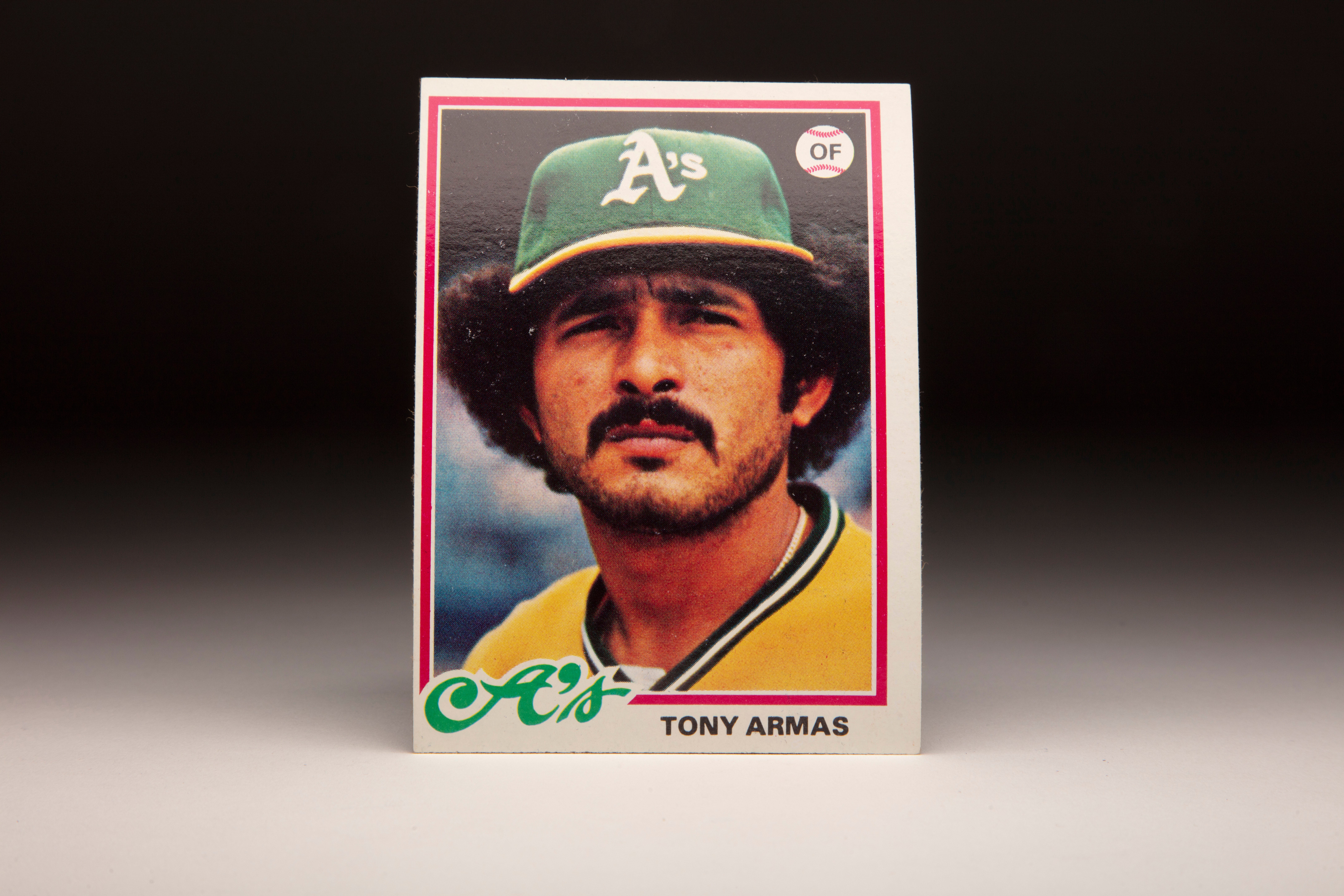
#CardCorner: 1978 Topps Tony Armas
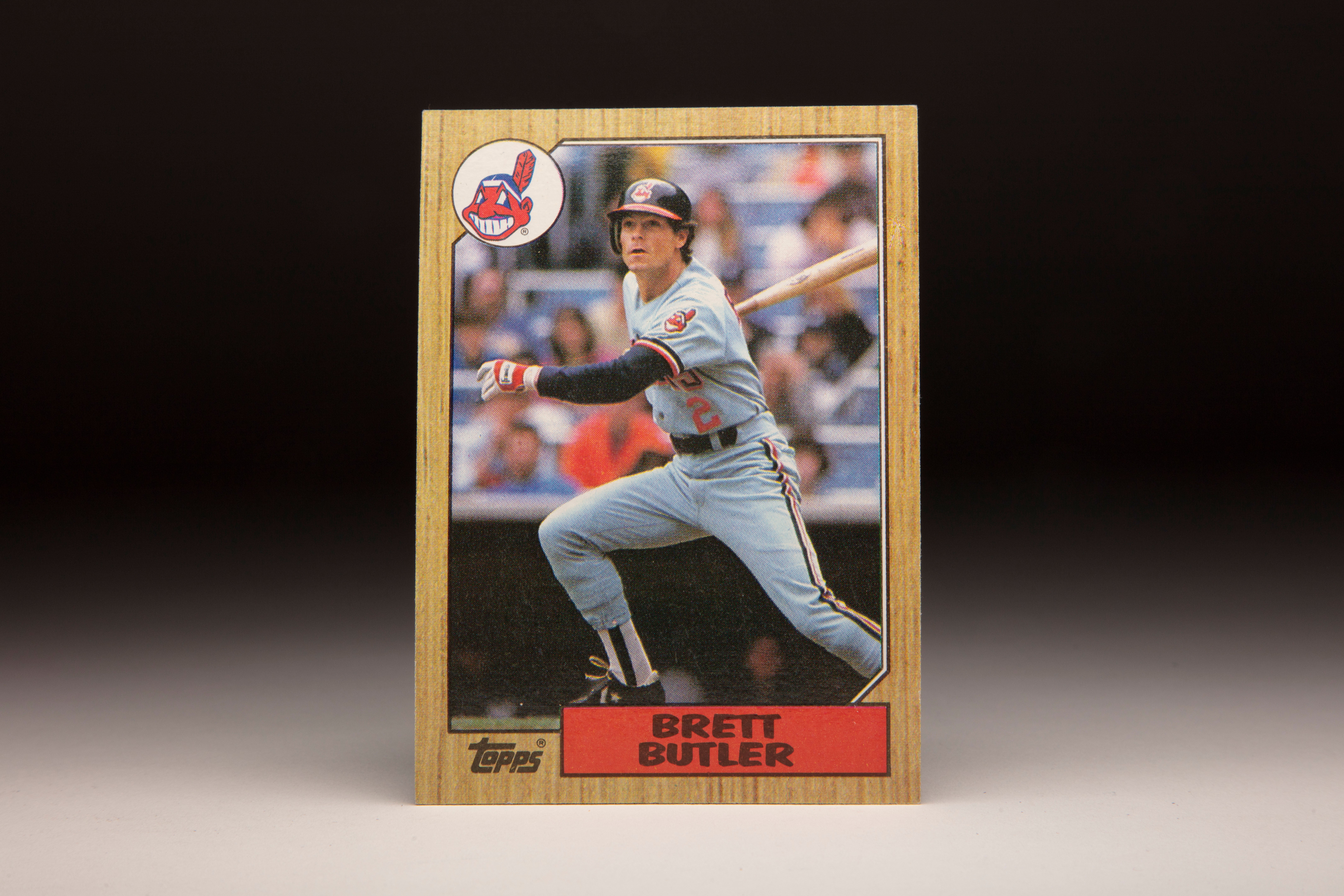
#CardCorner: 1987 Topps Brett Butler
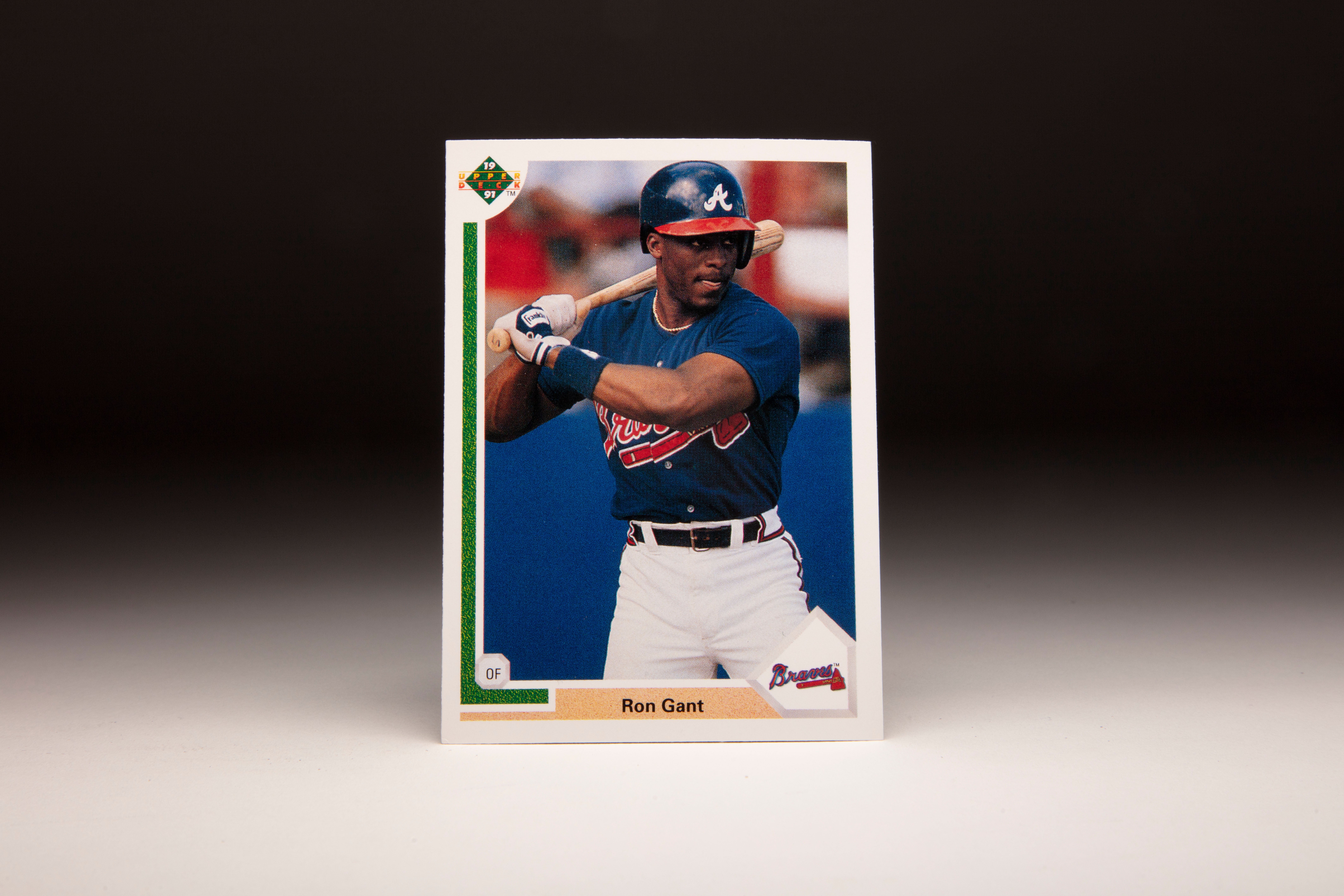
#CardCorner: 1991 Upper Deck Ron Gant

#Shortstops: King-sized pop-up

#CardCorner: 1978 Topps Tony Armas

#CardCorner: 1987 Topps Brett Butler





